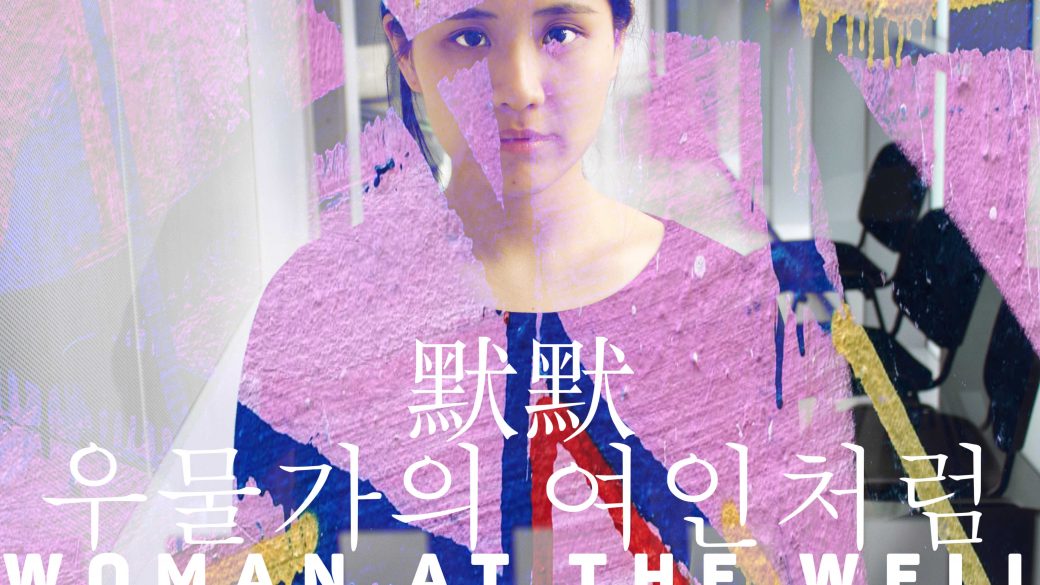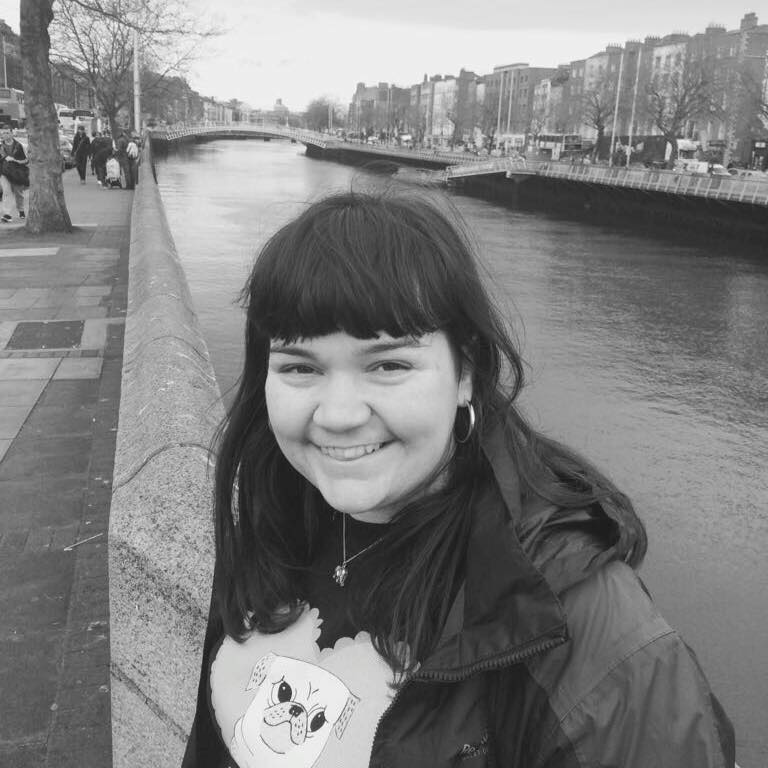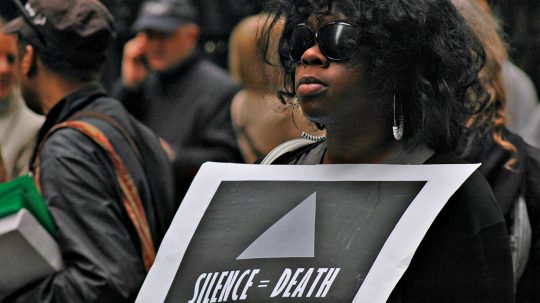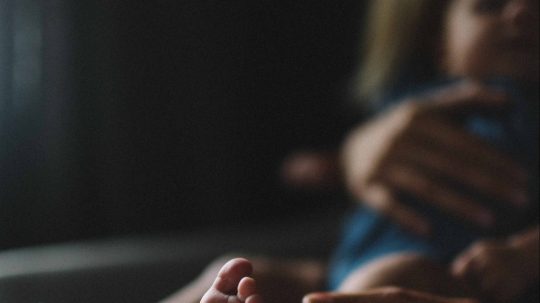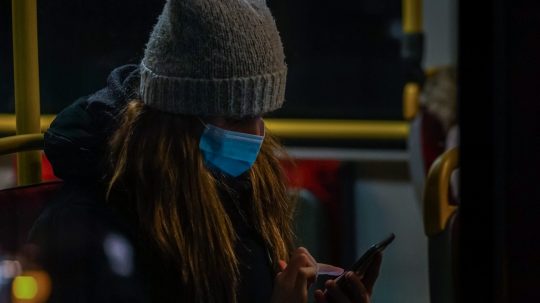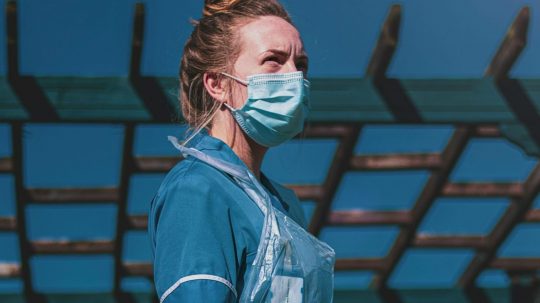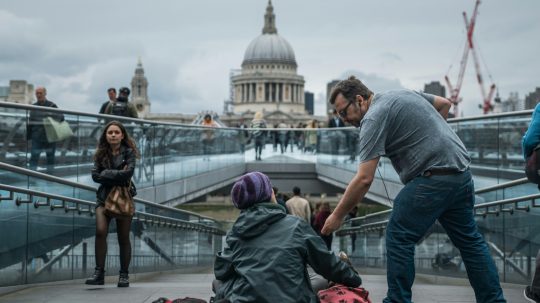In 2017, 2,206 unaccompanied child refugees applied for asylum in the UK. Many escaped oppressive regimes and endured gruelling journeys to reach the UK – but they may not have received the warm welcome they were hoping for.
George Morgan and Jo Jo Lau hope to draw attention to the plight of unaccompanied child refugees with their upcoming film Woman at the Well. The pair are part of a new generation of students who, as Morgan puts it, are “making art and are passionate.” Representing a diverse set of backgrounds, they hope to provide a fresh perspective, with the film’s director Lau telling me the project’s approach is meant to be unconventional.
They tell me more about the project, what they hope it will achieve, and why changing public perceptions is so important.
Dystopia or Reality?

Image: Unsplash / Erik Gilkes
Woman at the Well is a dystopian film set in London in the year 2030. It focuses on the relationship between a young girl, who has been trafficked into the country, and the British interpreter she meets in a detention centre. Morgan, the film’s writer, tells me the film is about “what the future of refugees looks like in London” and provides “a dark perspective on the route we’re going down.”
The film reflects what Morgan imagines the future of refugees might look like. But it’s also, he explains, an “emotional response” to what he sees going on around him. Morgan was partly inspired by the news in March of hunger strikes at Yarls Wood Immigration centre, in which detained women protested against the Home Office’s policies. The failure of the Dubs scheme to adequately accommodate a significant number of child refugees was another influence on Morgan’s writing.
The film paints a bleak picture of the future, but Morgan hopes this will open up a conversation about the state of the immigration detention system. Lau mentions that they particularly want to draw attention to some of the problems with the current screening process for refugees. Reflecting on the film’s purpose, Morgan admits, ‘I haven’t got all the answers but I definitely hope for a dialogue – a dialogue that is honest, a dialogue that is clear.”
Where Do the British Public Fit In?

Image: Unsplash / Krists Luhaers
Lau tells me that she wants the film to balanced. It’s about “the whole nation and you do want to balance all the stakeholders. You’ve got the people – the taxpayers – and ultimately they are more or less paying for the refugees,” she explains.
It is difficult to gauge the British public’s attitude towards unaccompanied child refugees. Morgan and Lau see it as being characterised by a lack of awareness of the system’s defects. They tell me how surprised they were to learn that one of their teachers had not heard about the hunger strikes in Yarl’s Wood. Their hope appears to be that this film will encourage people to learn more about the experiences of unaccompanied child refugees and empower communities to challenge the actions of the Home Office.
Promoting Autonomy

Image: Unsplash / Riccardo Annandale
Despite the fact that the majority of unaccompanied child refugees who arrive in the UK are male, Woman at the Well focuses on a young girl who Lau describes as “quite vulnerable but very tough.” The film will showcase a strong woman and give refugees an agency which they are sometimes denied. It’s also meant to showcase the complexity of refugees as individuals.
Woman at the Well is not intended to be instructional but, rather, to encourage viewers to engage with new ideas. I ask Morgan what he hopes the film will achieve, “You don’t want to feed a certain ideology. It’s going to be subjective, there’s going to be different perspectives. You don’t want to force feed people, you want to encourage people to talk about it,” he explains.
And yet, it’s evident that Morgan sees the need for more than just words. He emphasises the importance of an “active dialogue” that encourages the community to take action.
Lau sums up the the project by stating that she wants people to recognise there is something wrong with the current system. Woman at the Well will not provide the answer to the current refugee crisis but hopefully it will encourage a more sympathetic approach towards children who have come to Britain in the hope of finding safety.

